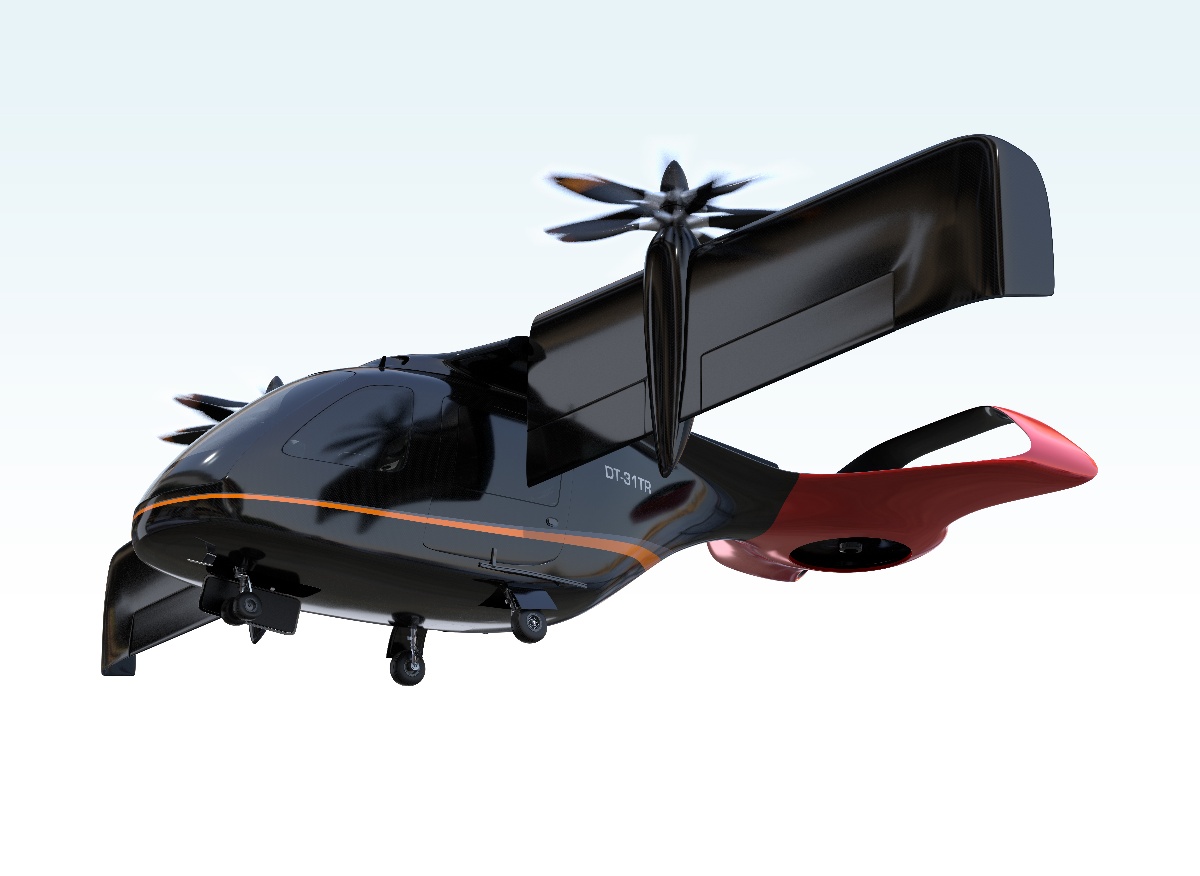For decades now, Hollywood, Disney, and science fiction writers have envisioned cities of the future, where flying cars whizz through the air, quickly transporting people from place to place. There is little end to human imagination, and we’ve proven remarkably capable at inventing, enhancing, and redefining technology to make our wildest dreams a reality.
A quick glance in the skies of any major city confirms this is still an elusive dream — though perhaps not for much longer. Paris, Guangzhou, Los Angeles, Linz, Orlando, and Miami have all recently signed deals and announced plans to construct “vertiport” hubs or to test air taxi service. Flight testing of eVTOL (electric vertical take-off and landing) aircraft is ongoing in Spain, the U.K., the Netherlands, and New Zealand, and feasibility studies using simulated flights are underway in London and other cities.
Investing in the future of flight
The excitement around air taxis has recently reached new heights. Three companies that design and produce eVTOLs recently went public via agreements with Specialty Purpose Acquisition Companies (SPACs). Lilium, Archer Aviation, and Joby Aviation all announced deals to list on stock exchanges, with valuations that ranged from $3.3 to $6.6 billion. This is an emerging sector with promise — as well as risk and uncertainty.
Doubters maintain that significant challenges remain to be solved and these companies have yet to establish revenue streams. Fair points, though the last decade saw significant technological advancement, and flight hours are now being logged with second- and third-generation aircraft. Bold plans are underway to obtain FAA and EASA flight certifications and begin commercial air taxi operations within the next two to four years.
Flying cars aren’t here yet, but they aren’t far from reality. Investors are betting on it.
Boosting capacity, shrinking emissions
The excitement around this sector is also driven by the heightened awareness of long-term climate change and the promise of electrification to help reduce man-made climate effects. Electric vehicles (EVs) have recently become a viable alternative to fuel-burning cars. Air travel is also a big consumer of fossil fuels and emitter of carbon dioxide, and the industry sees similar potential for the electrification of flight.
Current eVTOL air taxi designs are based on full battery electric or hybrid electric technologies to minimize carbon footprint.
The potential benefits and promise of electric flight aren’t just limited to eVTOLs. Companies such as magniX, ZeroAvia, and Bye Aerospace have demonstrated airplanes that fly using only electric power. The electricity is supplied by either batteries or hydrogen-powered fuel cells. Batteries have far lower energy density than jet fuel, so these airplanes are currently limited to short-range flights. However, as these companies are quick to point out, a large number of short-range passenger, cargo transport, and training flights are operated every day across the globe, and electric flight technology will improve the overall economics and reduce the environmental impact of those flights.
Battery energy density has nearly tripled over the last decade, and companies continue to push the limits of what’s possible.
Battery and fuel cell technologies still need to make a big leap before replacing fuel-burning commercial jet aircraft becomes a possibility. Most experts predict we’re two to three decades away. Even so, the leading aircraft companies have taken notice. Boeing, Airbus, Embraer, and others have active development programs and investments to explore the future potential for electric flight.
To get in touch with Carpenter Electrification with any questions, contact us today!


